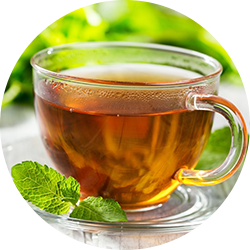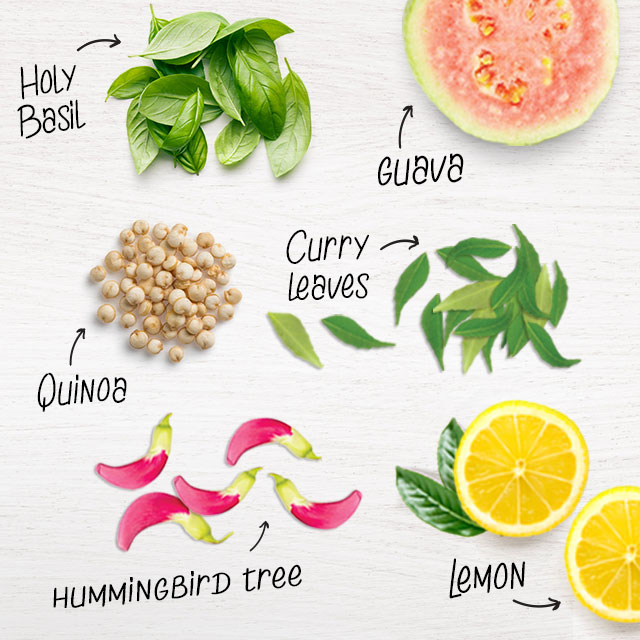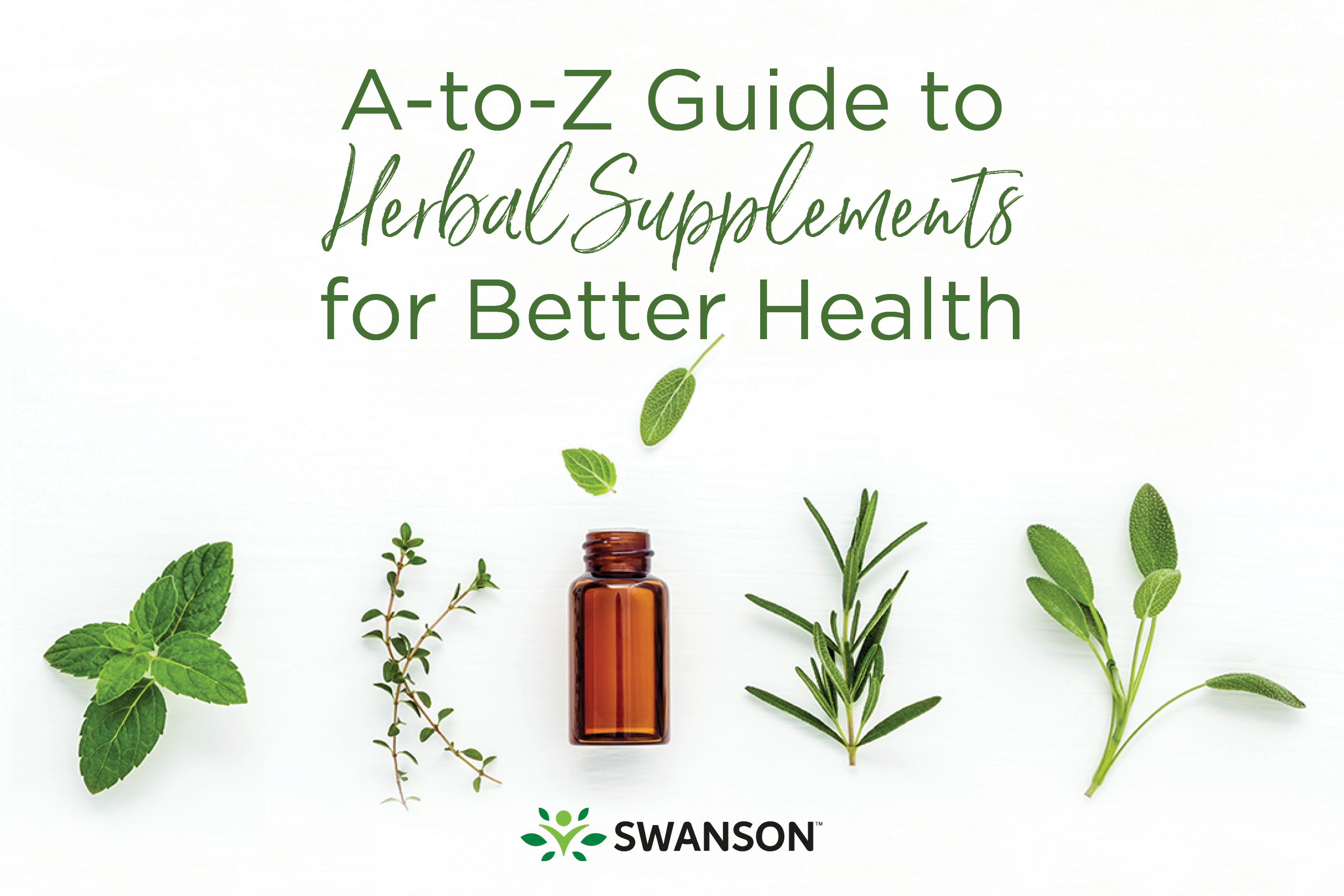Vegan Baking: Egg Alternatives
Being flexible is an invaluable trait to have. Whether you’re looking for food replacement hacks or healthier alternatives for sugar, it’s useful to have the ability to “go with the flow,” especially when you’re out of the ingredients you usually use.
Eggs are a staple in a lot of households. So if the store is fresh out or if you’re just looking to make a dietary change, it can be a little intimidating trying to figure out what to use instead. These seven egg substitutes are a sure way to keep your meal plan from cracking.
Top 7 (Vegan) Egg Substitutes:
All of the substitutions below replace one egg.

1. Ground Flaxseeds - Mix 1 tablespoon of ground flax with 3 tablespoons of water. Stir with a fork until mixture is thick, creamy and egg-like.
2. Chia Seeds - Put 1 tablespoon of chia seeds in 1/3 cup of water. Stir and then let sit for 15 minutes, until it becomes gelatinous. Learn more about chia seed uses.
3. Soy Protein - Mix 1 tablespoon of soy protein powder with 3 tablespoons of water. Mix thoroughly.
4. Agar Agar Flakes - Mix 1 tablespoon of agar agar with 3 tablespoons of water.
5. Ripe Bananas - Take 1/2 of a ripe banana and mash with a fork.
6. Applesauce - Measure out 1/4 cup of unsweetened applesauce.
7. Peanut Butter - Use 3 tablespoons of vegan peanut butter.
Why Substitute Eggs?
There are many reasons people choose to eliminate eggs from their diet: they’ve chosen to lead a more plant-based lifestyle (veganism and some forms of vegetarianism), concerns with environmental and human contaminations, conditions chickens are raised in, cholesterol concerns or allergies.
Regardless, Swanson is here to help make sense of how to replace eggs in your recipes. This post is going to be especially beneficial for vegan baking, as converting a non-vegan recipe to vegan-friendly is usually going to involve substituting the egg with another ingredient.
Before we go too far, let’s examine exactly what an egg does in a recipe.
What Role Does the Egg Play in Recipes?
In a typical recipe for baked goods, eggs play the role of a binder or a leavening agent. A binder helps hold the recipe together, while a leavening agent helps your baked goodies to rise.
And as you can probably guess, in a lot of recipes the eggs play both the role of the binder and the leavening agent. (Is it starting to make sense why people are wary of replacing them?)
And let’s just be straightforward and say that if a recipe calls for a lot of eggs (like three or more) a replacement is going to be very difficult to find because the consistency of the finished product can come out pretty poorly.
I bet you thought there wasn't a solution. But, there is!
Replace Eggs Using the "Silken Tofu Method"
Purée that tofu! Tofu is great for egg substitutions in recipes that call for a lot of eggs, like quiches or custards. To replace one egg in a recipe, purée 1/4 cup soft tofu. It is important to keep in mind that although tofu doesn’t fluff up like eggs, it does create a texture that is perfectly “eggy.”
Not in a DIY Mood? Try These Popular Egg Replacers "In a Box"
Don’t worry, there are commercial egg replacement products which are especially simple and geared toward vegetarians and vegans, as opposed to people who are allergic to eggs. These will work as a binder, or leavening agent.
Smart Egg Substitutions
It’s important to experiment with a lot of these replacements to ensure that you’re choosing the right replacement for the right recipe. For example, unsweetened applesauce and mashed bananas may be the perfect egg replacers in your sweet baked goods, but those may not be the best choice for your more savory recipes.
Good luck!

About Lindsey Toth, MS, RD
Lindsey is a nationally recognized registered dietitian and nutritionist with a soft spot for pie. She empowers people to take charge of their health by finding the balance between the pleasure and nourishment in food. Her philosophy is that you should take care of your body because it’s the only permanent home you have. It’s what inspired her to pursue a career in nutrition.
*These statements have not been evaluated by the Food and Drug Administration. These products are not intended to diagnose, treat, cure, or prevent any disease




